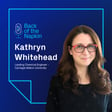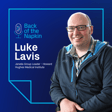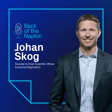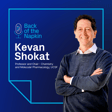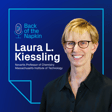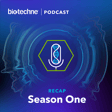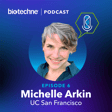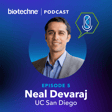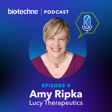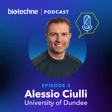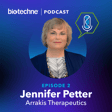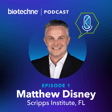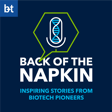
Doris Taylor: Building Heart
Heart disease claims more lives than any other illness, marking a dire need for viable heart transplants. Yet, the sheer demand for donor hearts outstrips the supply, burdened further by complications such as organ rejection and the continuous need for immunosuppressive drugs post-transplant. Dr. Doris Taylor's pioneering endeavor in engineering bioartificial hearts addresses not just a medical unmet need, but a systemic inequality in transplant accessibility and the encompassing physical, emotional, and financial toll on recipients.
In this inspiring episode of Back of the Napkin, Doris shares her extraordinary journey to becoming a pioneering scientist at the forefront of regenerative medicine.
Doris delves into her personal life, revealing her compelling motivation behind pursuing a career in science. The intersectionality of her life’s experiences has contributed to a more compassionate scientific inquiry, one that resonates deeply with those waiting on the fringes of hope for a life-saving intervention. It is not only the hearts she seeks to build in the lab that embody this sentiment, but also the metaphorical 'building heart' — the cultivation of courage, empathy, and resilience — that she instills in everyone she encounters.
A key part of the conversation focuses on Doris's groundbreaking work in creating the first beating bioartificial heart, which holds the promise of revolutionizing transplant medicine.
Key Takeaways:
- Dr. Doris Taylor’s work in regenerative medicine has led to the development of the first beating bioartificial heart, a potential game-changer for transplant medicine.
- Cardiovascular disease is a leading cause of death worldwide, and Doris's efforts aim to address the significant unmet need for donor hearts.
- The process of creating a bioartificial heart involves decellularizing a donor heart to create a "ghost heart" scaffold, which is then repopulated with cells tailored to the recipient. Doris's personal challenges, including being an LGBTQ individual in academia and dealing with professional hardships, provide an impactful narrative of perseverance and resilience.
- Organamet Bio, founded by Doris, is aiming to commercialize the technology to manufacture patient-specific bioartificial hearts, which currently estimates a cost of $300 to $500 million to reach the first human trials.
Resources:
- Dr. Doris Taylor's LinkedIn: https://www.linkedin.com/in/doristaylor/
- Organamet Bio website: https://organametbio.com/
